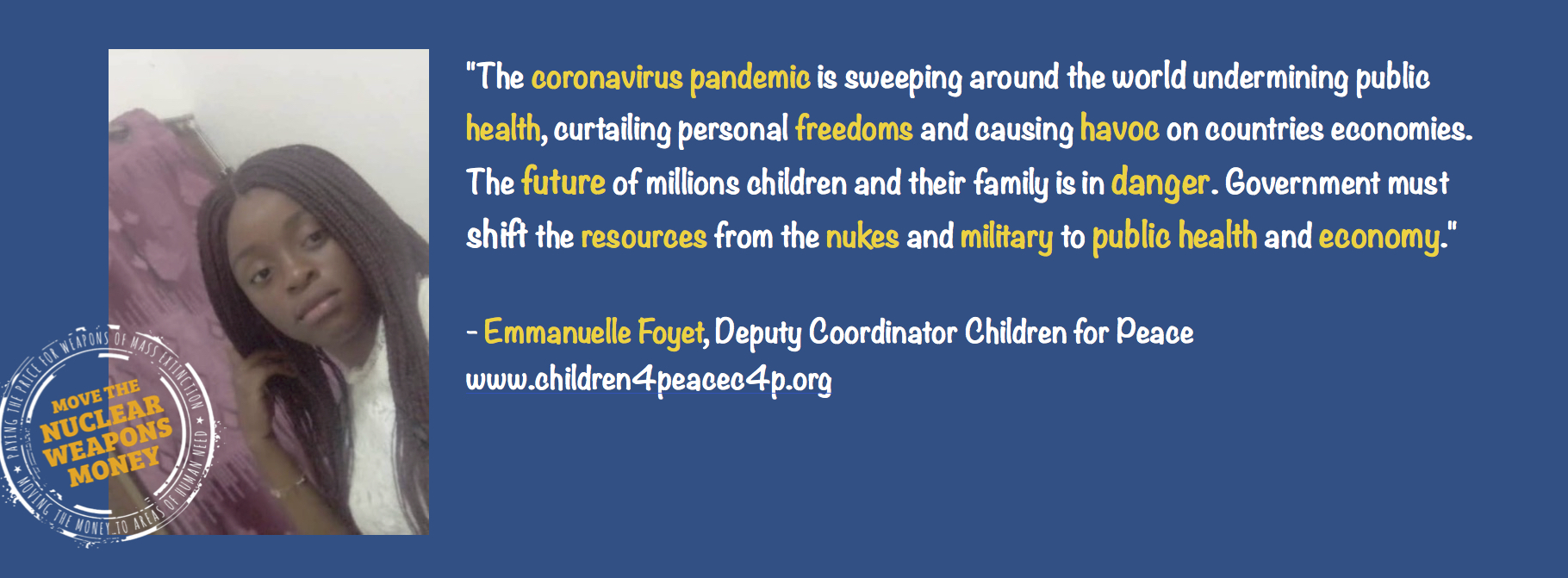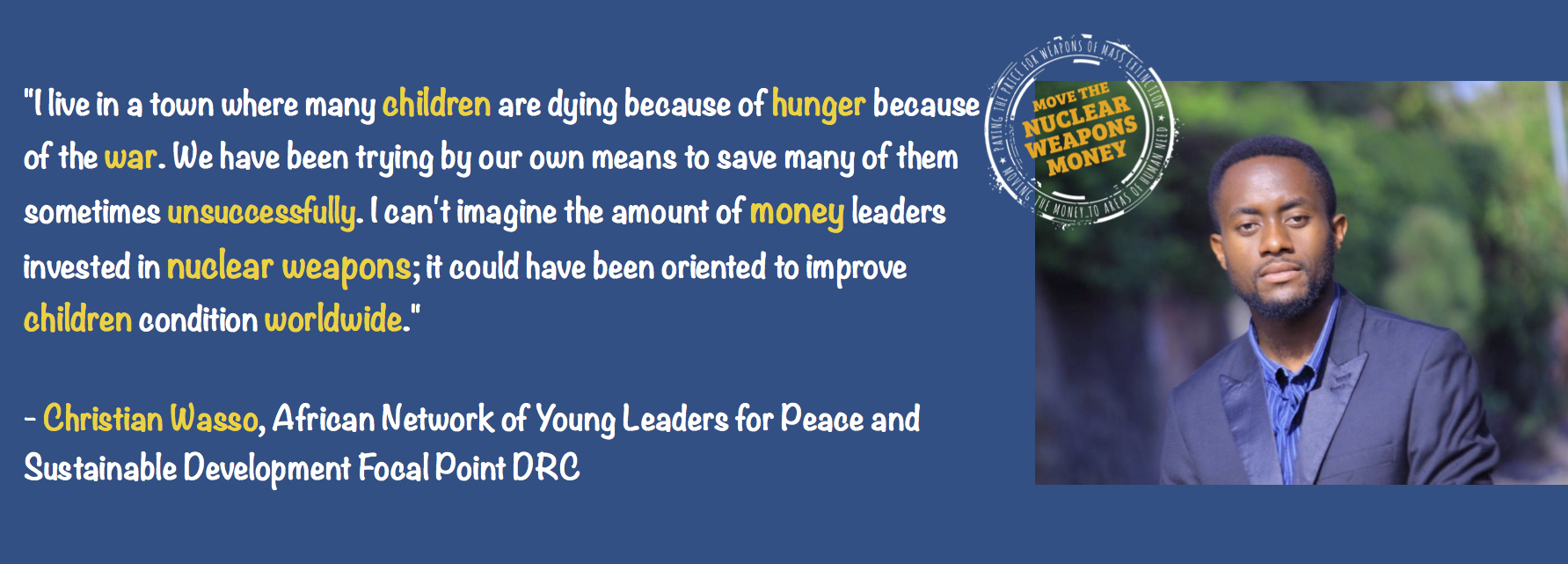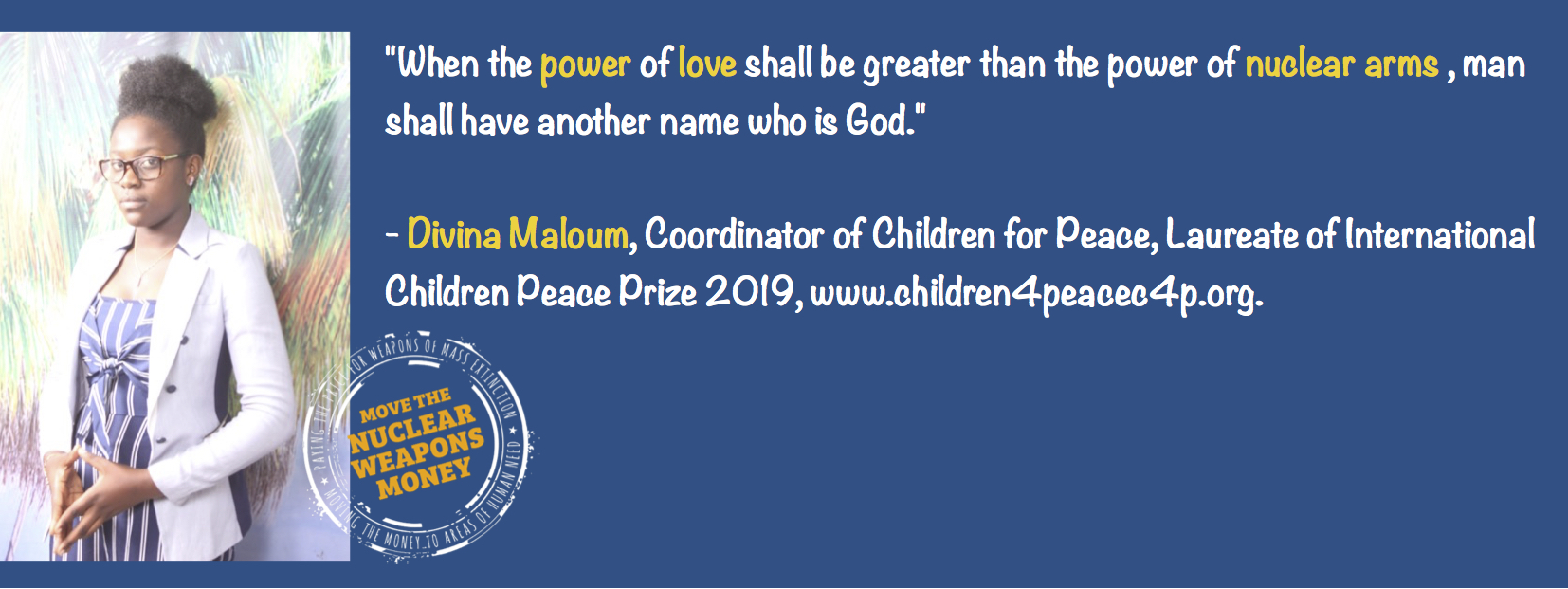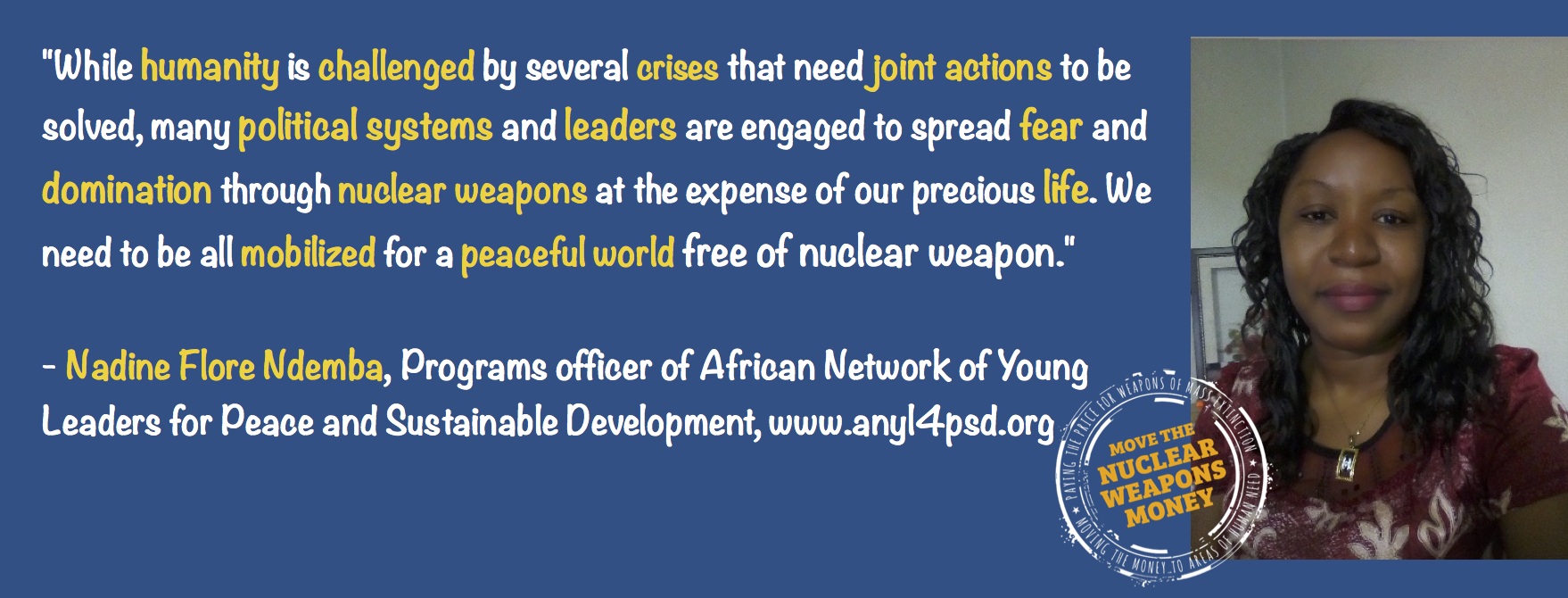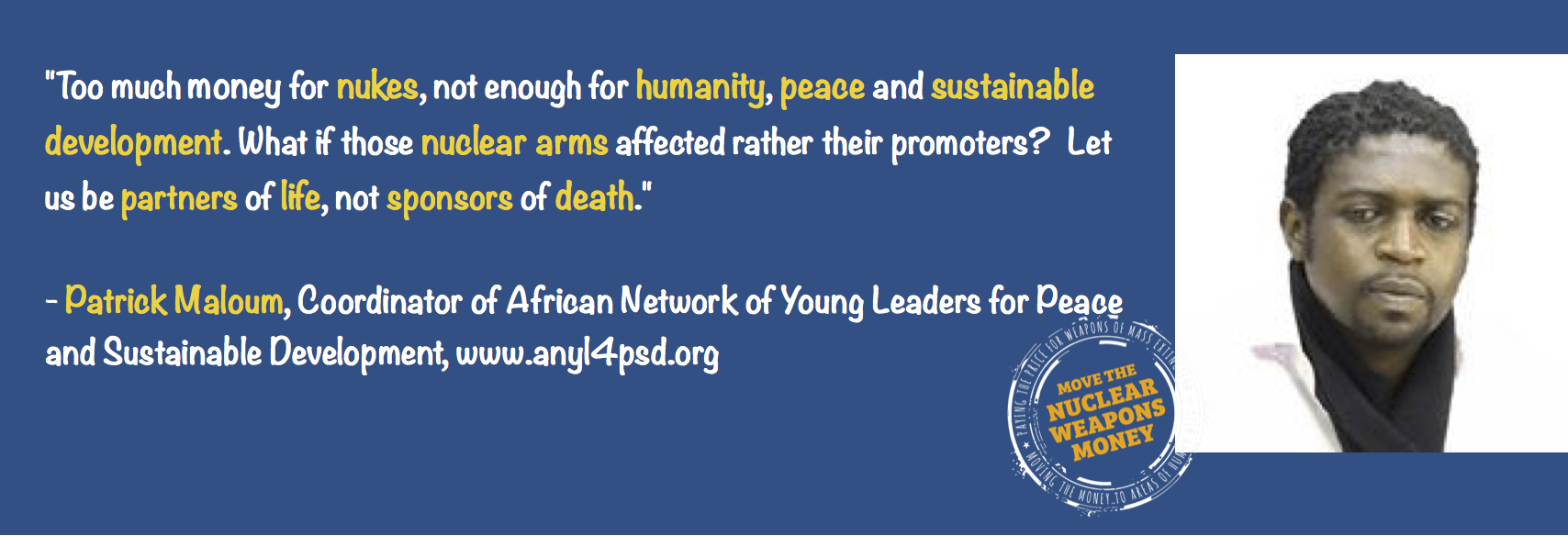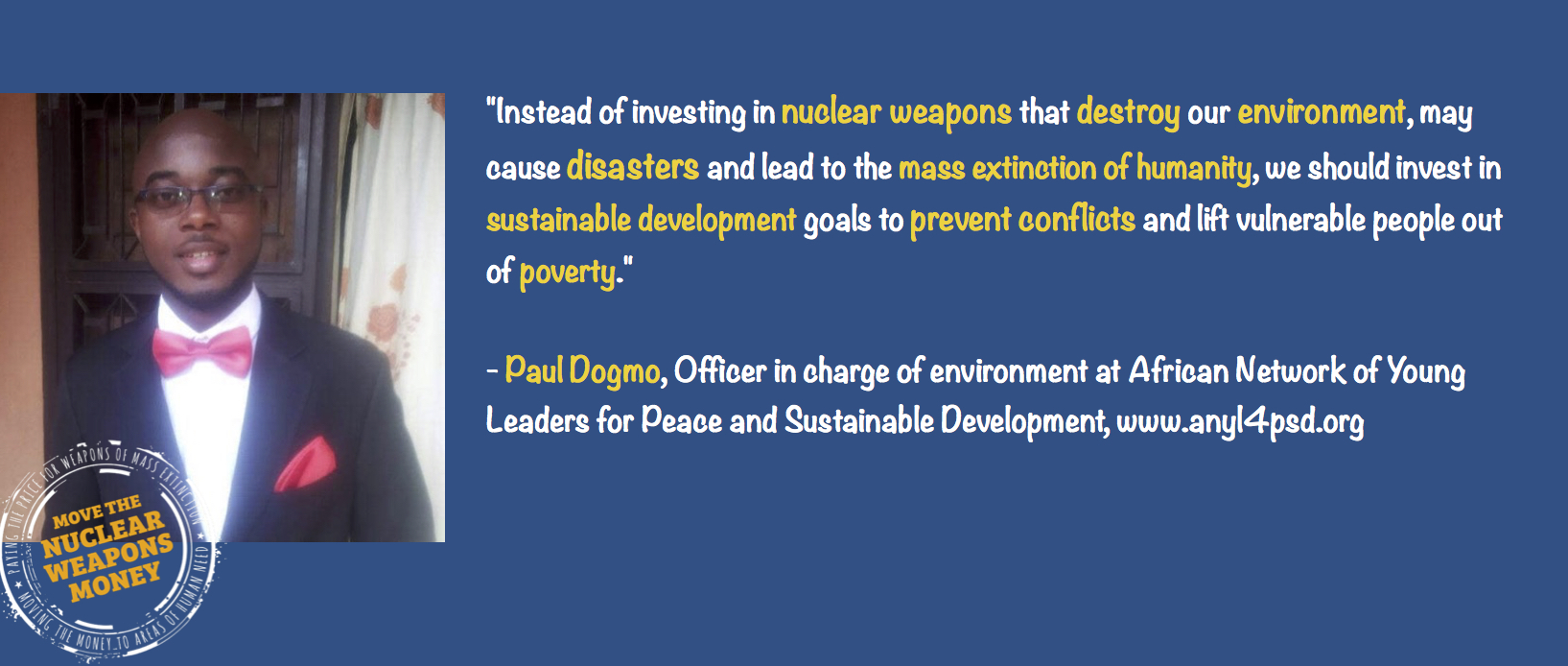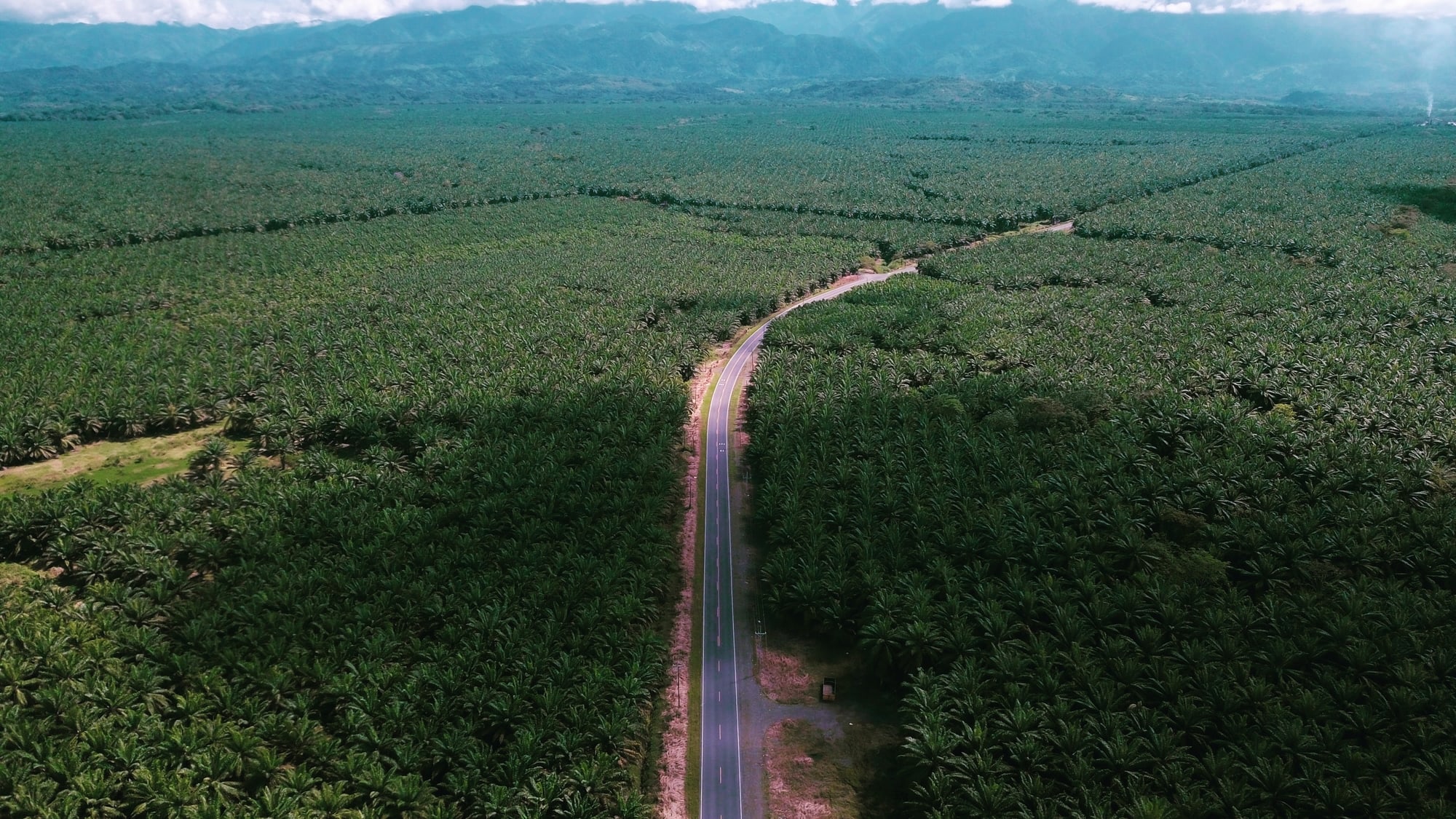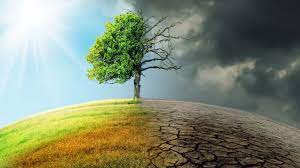Year: 2021
Supply Chain Decarbonization: What Corporations Must Consider
New research published earlier this year shows how tackling supply chain emissions can be a game-changer in the worldwide battle against climate change. Net-Zero Challenge: The Supply Chain Opportunity from the World Economic Forum and the Boston Consulting Group looks at the top eight worldwide supply chains that produce more than 50% of global greenhouse (GHG) emissions. They find that several corporations can multiply their climate impact by focusing on supply chain decarbonization.
On the other hand, even leading corporations struggle to set clear goals and standards for their suppliers and get the data they need.
How best can corporations build a meaningful pathway to deep decarbonization within their supply chains?
In this article, the GHG emissions management experts at SINAI explain what corporations should consider when getting to grips with supply chain emissions. We present practical and scalable ways in which corporations can achieve deep decarbonization, from setting a carbon baseline to automating data collection throughout your corporation’s supply chain.
Slowing down climate change
The Paris agreement is a legally binding global treaty on climate change aiming to slow down climate change. Unfortunately, current pledges do not go far enough. Many agree that to hit the targets set, deep decarbonization is needed, particularly in global supply chains across a variety of industries.
What is decarbonization?
The term “decarbonization” is used to represent the process of reducing and removing the carbon dioxide, or CO2e (carbon dioxide equivalent, meaning, all 7 greenhouse gases included), output from a country’s economy. The most common way this is done is by decreasing the amount of CO2e released from active industries within each economy – including but not limited to utilities, transportation, consumer goods, construction, and materials.
A robust picture of emissions
The first step every corporation should take to get a handle on supply chain emissions is to gain a complete view of what those emissions are. The GHG Protocol’s Scope 3 Standard provides corporations with a methodology that can be used to account for and report carbon emissions from companies of all sectors, worldwide.
Corporations should consider building a detailed view of emissions with supplier-specific data to set ambitious targets for reducing carbon emissions. You can take control of your supply chain’s carbon emissions by performing a carbon inventory.
You should be able to compare emissions sources and resource consumption together with quickly identifying trends and patterns. Ensure you can aggregate, sort, and filter your emissions data to manage risk better and help/support suppliers to find deep decarbonization opportunities.
A detailed carbon baseline
Corporations should consider exploring historical activity data to project emissions as their business grows and changes, creating forecast baselines they can use to monitor progress.
Establishing a comprehensive emissions baseline for your corporation is vital. Baselines are built according to business growth, and you can combine these with supply chain emissions with different levels of detail, to generate multiple baselines according to additional premises. Use granular data to analyze suppliers that contribute the most significant emissions.
Emerging software can help corporations easily match procurement data with environmentally extended input/output factors, building a high-level picture of their supply chain’s overall carbon footprint. Corporations can also leverage predictive analytics on resource consumption and emissions trends to gain better insight and business intelligence.
Automated GHG inventories
Corporations should consider engaging diverse partners in their supply chain in a meaningful way, assisting them in a value-based exchange of emissions data.
Work towards a flexible data collection process to move away from generic data sources and create custom emissions factors that you can track with ease.
Collaboration is crucial, and we know supply chain emissions data can be messy. By automating data collection, corporations can consolidate, analyze and organize data from various sources quickly and easily, leading to more accountable reporting and better decision making.
Smarter carbon emissions strategies
Corporations should look to optimize their carbon emissions strategy through scenario and sensitivity analysis and enhanced risk management for deep supply chain decarbonization.
Intelligent, data-driven scenario analysis can future-proof your corporation and your supply chain, with a heightened understanding of your projected deep decarbonization pathways.
Accurate and precise data can show which assets of the corporation are most at risk. Explore any reduction opportunities that exist and what cost-positive opportunities may be worth investing in, in the long-term. Suppliers that go over the same type of analysis, will ultimately reduce their scope 1 and 2, which will reflect back to their buyers’ scope 3. The overall approach helps everyone in the supply chain to reduce emissions, with their own individual definition of success.
Technology to help your organization to remain accountable
Front runners in several global industries are using innovative and cutting-edge technology to better manage their supply chain’s journey to deep decarbonization. They have a complete view of carbon emissions throughout their supply chain and baseline definitions in place, reviewing more granular data of those with the highest emissions. They are working towards deep decarbonization through automated carbon inventories from suppliers and following carbon emissions strategies, backed by data.
SINAI’s GHG emissions management solution can help you achieve supply chain decarbonization. Our software provides a seamless way to measure, analyze, price, and reduce emissions. Supply chain carbon management doesn’t have to be difficult, with the right solution that’s customizable to your corporation’s unique needs, you can move closer to net-zero.
To see SINAI in action, reach out for a demo today. This article originally appeared at SINAI
Earth Hour 2021: New Deal for Nature and People Coalition Advocacy
Earth Hour 2021: New Deal for Nature and People Coalition Advocacy
WWF’s report called Living Planet, released in October 2018, showed that globally, nature continues to degrade with devastating consequences for species and the planet. The global populations of fish, birds, mammals, amphibians and reptiles decreased by 60% on average from 1970 and 2014. This is also true for the fauna and flora species of the Virunga National Park (PNVi) and of Salonga National Park, all declared a UNESCO World Heritage Site and whose oil exploitation in these two protected areas would lead to the disappearance of ecosystems of incomparable flora and fauna, of exceptional economic value. Lake Edward, which once had 30,000 hippos in 1974, now numbers more than 300 hippos due to oil exploitation by several companies such as SOCO.
Just like during Earth Day, on this day of April 22, 2021 dedicated to Earth Hour, the organizations of the coalition on the New Pact for Nature and People led by the African Network of Young platform Leaders for Peace and Sustainable Development , strengthen advocacy for climate action, preservation and restoration of ecosystems. In the Democratic Republic of Congo, member organizations of the African Network of Young Leaders for Peace and Sustainable Development are increasing synergies to further address the issues of degradation of national parks and aquatic ecosystems through advocacy with local and national authorities. and polluting companies.
The object of the action is clear: their involvement in reversing the trend of the decrease in animal and plant species in Virunga and Solanga by promoting renewable energies as a source of sustainable socioeconomic development as opposed to the exploitation of fossil fuels in these protected areas.
——————
Heure de la terre 2021 : Plaidoyer de la Coalition sur le Nouveau Pacte pour la Nature et les Personnes.
Le rapport de WWF appelé Planète Vivante, publié en octobre 2018, a montré qu’au niveau mondial, la nature continue à se dégrader avec les conséquences dévastatrices pour les espèces et la planète. Les populations mondiales des poissons, d’oiseaux, des mammifères, d’amphibiens et des reptiles ont diminué de 60% en moyenne de 1970 et 2014. Cela est aussi vrais pour les espèces fauniques et floristiques du Parc National des Virunga (PNVi) et du Parc National de Salonga, tous déclaré site du Patrimoine Mondiale de l’UNESCO et dont
l’exploitation du pétrole dans ces deux aires protégées conduirait à la disparition
d’écosystèmes de faune et de flore incomparable, d’une valeur économique exceptionnelle. Le lac Édouard qui autrefois comptait en 1974, 30 000 hippopotames, aujourd’hui ne dénombre plutôt que 300 hippopotames à cause de l’exploitation pétrolière par plusieurs entreprises telles que SOCO.
Tout comme au cours de la journée de la Terre, en cette journée du 22 avril 2021 consacrée à l’Heure de la Terre, les organisations de la coalition sur le Nouveau Pacte pour la Nature et les Personnes conduite par la plateforme African Network of Young Leaders for Peace and Sustainable Development , renforcent des plaidoyers pour l’action climatique, la sauvegarde et la restauration des écosystèmes. En République Démocratique du Congo, les organisations membres de African Network of Young Leaders for Peace and Sustainable Development multiplient des synergies pour davantage adresser les questions de dégradation des parc nationaux et écosystèmes aquatiques à travers des plaidoyers effectués à l’égard des autorités locales et nationales et des compagnies polluantes.
L’objet de l’action est clair : leur implication pour inverser la tendance de la diminution des espèces animales et végétales dans le Virunga et la solanga par la promotion des énergies renouvelables en tant que source de développement socioéconomique durable contrairement à l’exploitation des énergies fossiles dans ces aires protégées.
African youth and civil society Position Paper: Post 2020 Biodiversity Framework, October 13, 2020
The humanity is causing a catastrophic loss of species and exacerbating already dangerous levels of climate change. Over the past two decades, the number of endangered species and the rate of ecosystem degradation have increased dramatically across all regions. The Intergovernmental Science-Policy Platform on Biodiversity and Ecosystem Services (IPBES) noted that approximately 1 million plants and animal species are now at risk of extinction. Climate change is adding to and worsening the impact of biodiversity losses. Together climate change and biodiversity losses threaten the viability of crucial ecosystems in many regions of the world. The main drivers threatening biodiversity and our life support systems are: (1) changes in land and sea use including through the expansion of agriculture; (2) direct exploitation of living creatures, such as overfishing; (3) climate change; (4) pollution and (5) invasive alien species. These are underpinned by more indirect drivers, such as increasing consumption and, critically, issues of governance and accountability. We rely on nature, half of the world’s Gross Domestic Product (GDP) depends on nature, and yet we are destroying and degrading natural systems at a rate much faster than they can replenish themselves. Nature is in crisis. The future of humanity depends on action now.” The COVID19 pandemic has highlighted the need for governments and the international community to focus more on health, environment, climate, land degradation and human security issues.
The current position paper is a consolidated document of several scientific works performed by African Network of Young leaders for Peace and Sustainable development and its platform including some relevant studies. It is enriched by children, youth and civil society organizations that have been involved during the regional Leading the Change Regional Webinar entitled African Youth and Civil Society Green growth Hub: From the pandemic to Agenda 2030, Mobilized for Change. And the subsequent working session and activities organized by ANYL4PSD from September 28 to October 03, 2020 with the support of Worldwide Fund for Nature (WWF). As part of the New Deal for Nature and People Coalition led by African Network of Young Leaders for Peace and Sustainable Development (ANYL4PSD), African Youth and Civil Society organizations as well as others youth organizations situated in others continents and belonging to the platform welcome the Draft of the post 2020 Global Biodiversity Framework. African Youth and Civil Society strongly support the structure of five high levels 2030-2050 Goals, consistent with the three objectives of the Convention and its definition of biodiversity and the theory of change as presented should be strengthened. Youth and Civil Society believe that
o The framework must be a comprehensive and transformational package that clearly articulates both (1) where we need to be (mission, goals, targets) to halt and start to reverse the loss of biodiversity by 2030 and (2) how to ensure that we get there (implementation):
- The plan must aspire to halt and start to reverse the loss of biodiversity, putting nature on the path to recovery by 2030, transitioning to a nature-positive world. This is ambitious, but necessary and doable if we want to stand a chance of achieving the CBD vision of living in harmony with nature by 2050.
- The goals must focus on the key outcomes that need to be achieved by 2030, including goals to: halt habitat loss and restore natural habitats and ecosystems – protecting at least 30% and sustainably managing the rest, stop human-induced species extinctions, halve the footprint of our production and consumption, and ensure that nature’s benefits to people are secured and shared fairly and equitably – applying a human rights-based approach and respecting the special role and relationship to nature held by Indigenous Peoples and local communities.
- 2030 action targets must transform the sectors that drive biodiversity loss towards sustainable practices: Agriculture and food systems; forestry; fisheries; infrastructure; mining and extractives; other sectors with significant use of natural resources; the financial sector. For example, in order to avoid further negative impacts to biodiversity, public and private financial flows must be aligned with a mission to halt and start to reverse biodiversity loss by 2030.
- The ambitious global goals and targets need to be backed up by ambition to implement. Therefore there must be a regular cycle of transparent check-backs and reviews – requiring countries to ratchet up action if the implementation of global goals and targets is not on track. This can only be achieved if goals and targets are measurable.
- Financial resources from all sources should be available to increase substantially from current levels to enable implementation of the framework, alongside the alignment of investments and subsidies so that these benefit nature rather than harming it. An increase in capacity building, technical and scientific cooperation, and technology transfer towards developing countries is also needed.
Main actions and key recommendations towards the Post 2020 Global Biodiversity Framework are as follows:
1. Mainstreaming young people-championed elements from a gender perspective in the Post-2020 Framework focusing on intergenerational equity, human rights
and the rights of nature, transformative education and the promotion of nuclear non-proliferation and disarmament.
2. Develop an effective and robust mechanism of the Post-2020 Biodiversity Framework based on transparency, accountability monitoring and reporting.
3. Enable more synergies and alignment between the Post 2020 Global Biodiversity Framework with other biodiversity-related multilateral agreements, processes and instruments (UNCCD, UNFCC; Ramsar; Future BBNJ, CITES…) and the 2030 Agenda for Sustainable Development so as to enable the Post 2020 Global Biodiversity Framework systematically cross-maps its goals and targets and seeks to reinforce synergies in implementation and enabling conditions
4. Greening the financial sector (economics of biodiversity) – integrating environmental issues to support the post 2020 implementation framework and enabling conditions for resilience and transformative change
5. High level leadership and a whole-of-government approach mobilizing all the layers of the society including private sector and civil society.
Get the full document here: https://anyl4psd.org/wp-content/uploads/2021/04/Eng_ANYL4PSD_DECLARATION-AFRICAN-CSO-AND-YOUTH_POST-2020-FRAMEWORK_OCTOBER-2.pdf
African youth and civil society declaration and roadmap against covid19 and pandemics for a green growth recover in Africa and the world May 31, 2020 – Africa
Without healthy nature people will not survive. The coronavirus pandemic has highlighted the need for governments and the international community to focus more on health, environment, climate, land degradation and human security issues. African Network of Young Leaders for Peace and Sustainable Development (ANYL4PSD) has been engaged with several African youth and civil society organizations to fight against COVID19 and pandemics so as to build a common future for all life on Earth in the frame of the New Deal for Nature and People.
The current declaration is a consolidated document of several scientific works performed by African Network of Young leaders for Peace and Sustainable development and its platforms over COVID19 and its impacts. It is a document of position and roadmap enriched by children, youth and civil society organizations that have taken part and contributed to the regional online certified workshop and the subsequent working session and activities organized by ANYL4PSD from May 26 -31, 2020 with the support of Worldwide Fund for Nature (WWF). Main actions and key recommendations are as follows:
1. Strengthen multilateralism: Develop a whole -of-society coordinated approach and accelerate implementation of the “New Way of Working” mobilizing all the stakeholders and taking into account all the layers and sectors (that no one is left behind) in the implementation of innovative measures at different levels
2. Ensure continued access to people in need in line with humanitarian principles and recommit to Disaster Risk Reduction to build Back Better
3. Increase funding to Children, Youth, and Civil Society Organizations/NGOs and adapt funding mechanisms to maximize flexible COVID-19 responses
10
4. Keep gender and vulnerable groups front and centre: Support to a youth, women and indigenous group led, localized response to COVID-19.
5. Strengthen investment and the implementation of One Health and EcoHeath through policy frameworks and initiatives aiming to restore ecosystem integrity indispensable for human health and development and to prevent and mitigate future pandemics
6. Strengthen partnerships for food security and agriculture monitoring and assessment for evidence based programming while increasing critical humanitarian food and livelihood assistance to the most vulnerable
7. Accelerate and enlarge the contribution worldwide of sustainable energy strategies, technologies, and applications for the purpose of achieving a sustainable quality of life for all
8. Durably implement the UN Secretary-General’s call for a global ceasefire – Disinvest in nuclear and military weapons to invest in sustainable development goals for present and next generation.
We intend to widely share, implement and follow the implementation of this policy framework during and beyond the African Youth Resilience Initiatives Against COVID19 and Pandemics project.
We commend those in many corners of the world who are heeding the UN Secretary-General’s call for a global ceasefire. We express our heartfelt gratitude to the diverse populations especially children, youth, women and indigenous and vulnerable groups working and volunteering on the front lines as well as health care and other essential workers putting themselves at increased risk so that communities can continue to thrive.
We offer our condolences to the families of those who have already been lost to this illness, and our sympathies to those who have lost employment as a result. The effects of a pandemic are felt far more deeply than the illness itself, and we are hopeful that our governing institutions and communities are able to have responses that can mitigate the harm.
We call upon governments, local elected, traditional and religious leaders, social and traditional media, communities, private sector and other civil society organizations and NGO/INGO to take into account this declaration in their daily duties, act in lock-step with medical professionals and share information which prioritizes the health and wellbeing of people over economies and ensure that misinformation is not permitted to enter the popular discourse. Moreover, decisions taken by such leaders must be clear and evidence based in order to have the greatest impact.
Get the full Document here: https://anyl4psd.org/wp-content/uploads/2021/04/Eng_DECLARATION_AFRICAN-CSO-AND-YOUTH_COVID19-PANDEMICS-1.pdf
Achieving mitigation and adaptation to climate change through sustainable agroforestry practices in Africa
Introduction
Agroforestry is one of the most conspicuous land use systems across landscapes and agroecological zones in Africa. With food shortages and increased threats of climate change, interest in agroforestry is gathering for its potential to address various on-farm adaptation needs, and fulfill many roles in AFOLU-related mitigation pathways. Agroforestry provides assets and income from carbon, wood energy, improved soil fertility and enhancement of local climate conditions; it provides ecosystem services and reduces human impacts on natural forests. Most of these benefits have direct benefits for local adaptation while contributing to global efforts to control atmospheric greenhouse gas concentrations. This paper presents recent findings on how agroforestry as a sustainable practice helps to achieve both mitigation and adaptation objectives while remaining relevant to the livelihoods of the poor smallholder farmers in Africa
Scoping agroforestry for climate change
Low income countries mostly rely on agriculture for rural livelihoods and development. Nevertheless, agricultural systems in developing countries are adversely affected by land pressure and climate change, both of which threaten food production. Reduced productivity due to land degradation exacerbates the food deficit, despite the relative success of intensive agricultural systems that are promoted in many regions of the world. The various environmental impacts of agricultural intensification and food production, with negative impacts on soil and biodiversity, result in adverse feedbacks on climate, food security and on-farm income at local scale [1]. In addition, attempts to implement a ‘green revolution’ model in Africa using subsidies and inputs such as fertilizers have been costly and unsustainable, as technology cannot fully replace the services that trees would normally provide [2]. The current debate on sustainable intensification of agriculture underlines the importance of diversification as a way to improve crop and land management by integrating trees in land use systems [2–4]. There are many ways to achieve sustainable agricultural goals through the combination of increased yields with ecosystem services, but there few options where agroecosystem diversity and farm productivity are enhanced simultaneously. Some forms of agroforestry require low external inputs (pro-poor), have a high recycling rate, and good integration of trees, crops and animals, making them good candidate for achieving both sustainable livelihood and climate changes objectives
In most parts of Africa, climate change mitigation focusses on reforestation and forest protection. But such efforts to reduce tropical deforestation (often under the umbrella of REDD+) [6] conflict with the need to expand agricultural production in Africa to feed the continent’s growing population [7]. Agroforestry could be a win-win solution to the seemingly difficult choice between reforestation and agricultural land use, because it increases the storage of carbon and may also enhance agricultural productivity [8,9]. Some studies suggest that smallholder farmers in developing countries may combat climate change by reverting to more natural productive systems, which provide improved ecological and social functions [10], while meeting adaptation needs and building resilient agro-ecological systems that actively sequester carbon [11–14]. Currently, there is a growing interest in investing in agroforestry systems for these multiple benefits [15 ,16], and also as a set of innovative practices that strengthen the system’s ability to cope with adverse impacts of a changing climate [17]. Although the feasibility and benefits of agroforestry-based mitigation to smallholder farmers are currently under debate, common ground is found when evidence emerges that high production levels and economic values of agroforestry products may generate financial capital beyond subsistence levels alone, thereby aiding capital accumulation and reinvestment at the farm level [18,19]. Although the capacity of agroforestry to both raise carbon stocks and produce livelihood benefits has been well demonstrated, the research community needs to better understand the emerging challenge of assessing benefits from other ecosystem services beyond the symbolic value of carbon sequestration. A defining factor of African agriculture is the dominance of smallholder farmers with a strong priority on food security. Under such conditions, climate mitigation measures will need to demonstrate support for improved food production as well as climate adaptation benefits [14,20,21]. This synthesis presents the state of the art on the role of agroforestry in addressing both climate mitigation and adaptation in primarily food-focused production systems of Africa.
Agricultural performance under agroforestry systems
The steady decrease in soil fertility due to many drivers is a serious constraint for sustainable agriculture in Africa [22– 27]. Topsoil erosion is the most detrimental form of soil degradation and is likely to be aggravated by long-term removal of surface litter and crop residues. The shortage of mineral fertilizers and poor performance of current agricultural policies have directed discussions on food security towards sustainable agroforestry practices [27–29].
Agroforestry has potential to improve soil fertility. This is mainly based on the increase of soil organic matter and biological nitrogen fixation by leguminous trees. Trees on farms also facilitate tighter nutrient cycling than monoculture systems, and enrich the soil with nutrients and organic matter [30], while improving soil structural properties. Hence, through water tapping and prevention of nutrient leaching [10,31], trees help recover nutrients, conserve soil moisture and improve soil organic matter [32]
The potential of agroforestry to reduce the yield gap varies depending on the biophysical and human context. There are a number of successful agroforestry technologies, such as trees that improve soil, fast-growing trees for fuel wood, indigenous fruit trees to provide added nutrition and income, and trees that can provide medicinal plant products [33]. In practice, there is a need to differentiate between simple agroforestry systems (such as alley cropping, intercropping and hedgerow systems) and complex agroforestry systems that function like natural forest ecosystems but are integrated into agricultural Management systems [34,35]. The interest of investigating agroforestry in a changing climate comes from the potential of agroforestry practices to produce assets for farmers, combined with opportunities for climate change mitigation and potential to promote sustainable production that enhances agroecosystem diversity and resilience.
Agroforestry as a potential mitigation strategy
Cultivated lands have the potential to contribute significantly to climate change mitigation by improved cropping practices and greater numbers of trees on farms. The global estimated potential of all greenhouse gas (GHG) sequestration in agriculture ranges from 1500 to 4300 Mt CO2e yr1, with about 70% from developing countries; 90% of this potential lies in soil carbon restoration and avoided net soil carbon emission [20]. Tree densities in farming landscapes range from low cover of about 5% in the Sahel to more than 45% in humid tropical zones where cocoa, coffee and palm oil agroforestry systems prevail [36]. The cited study indicates that in sub Saharan Africa, 15% of farms have tree cover of at least 30%. This points to a high potential in Africa for sequestering carbon and reducing other agriculture related GHG emissions — particularly in farm land that currently has low tree cover — while maintaining the basic production systems. Performance of mitigation options in agroforestry will depend on the relative influence of tree species selection and management, soil characteristics, topography, rainfall, agricultural practices, priorities for food security, economic development options, among others. In order to improve carbon sequestration, or to reduce carbon emissions, several options are available (Table 1), but all are related to development needs of local communities.
These agroforestry practices are based on a variety of management approaches and have potential positive implications for climate change mitigation [42]. It has been shown that agroforestry systems have 3–4 times more biomass than traditional treeless cropping systems [20,43], and in Africa they constitute the third largest carbon sink after primary forests and long term fallows [35]. In addition, Zomer et al. [36] show that the area suitable for agroforestry worldwide is much larger with substantially greater potential than existing systems. In Africa, Unruh et al. [8] reported that a total of 1550 million ha are suitable for some type of agroforestry. There are many methods to estimate carbon sequestration in agroforestry systems; some of them are based on in situ measurements, but the application of different assumptions introduces large inconsistencies into available data [9]. Reported C stocks and C sequestration vary widely across agroforestry systems in Africa. Integrated land use practices, such as agro-silvo-pastoral systems, combine high C stocks with high C sequestration potentials. Table 2 shows the potential of various agroforestry systems for climate change mitigation.
In addition, agroforestry systems can meaningfully reduce the pressure on natural forests for energy needs. Some authors assume that higher consumption of tree products would motivate farmers to adopt agroforestry [54], in particular where fuel wood is diminishing. Development of agroforestry for sustainable fuel wood can contribute to energy substitution and becomes an important carbon offset option
Agroforestry and ecosystem resilience
Agroforestry systems comprise a long list of land management practices, including crop diversification, long rotation systems for soil conservation, home gardens, boundary plantings, perennial crops, hedgerow intercropping, live fences, improved fallows or mixed strata agroforestry [14,34,35,40,42,55–57]. If well managed (success hinges essentially upon proper implementation), agroforestry can play a crucial role in improving resilience to uncertain climates through microclimate buffering and regulation of water flow [15].
Management options in agroforestry include tree pruning, and measures to reduce below-ground competition, particularly for water [58], such that trees tap into deep ground water rather than top soil moisture that annual crops rely on. Growing attention is paid to the impact of agroforestry on microclimate control, and other favorable ecosystem functions. Agroforestry helps to conserve and protect natural resources by, for example, mitigating non-point source pollution (e.g. dust), controlling soil erosion and creating wildlife habitat [33]. It facilitates flexible responses to rapid shifts in ecological conditions, while at the same time maintaining or restoring soil and water resources
Microclimatic improvement through agroforestry has a major impact on crop performance as trees can buffer climatic extremes that affect crop growth. In particular, the shading effects of agroforestry trees can buffer temperature and atmospheric saturation deficit — reducing exposure to supra-optimal temperatures, under which physiological and developmental processes and yield become increasingly vulnerable [10]. Scattered trees in agroforestry farms can enhance the understory growth by reducing incident solar radiation, air and soil temperature, while improving water status, gas exchange and water use efficiency [31]. These scientific claims are based on few examples and need to be substantiated more in future research
Agroforestry contributes to ecosystem functions in water recycling by increased rainfall utilization compared to annual cropping systems. Lott et al. [60] reported that about 25% of the water transpired by trees is used during the dry season, indicating that they are able to utilize offseason rainfall (comprising 15–20% of the total annual rainfall) and residual soil water after the cropping period, with the rest being lost by evaporation (40%) or deep drainage (33–40%). This complementarity between trees and annual crops extends possibilities of soil moisture uptake, hence making soil resource utilization more efficient than in pure monoculture [30,58]. Trials have been conducted to demonstrate that reduction of vegetation cover amplifies the decline of rainfall through positive feedbacks between precipitation and vegetation via reduced evapotranspiration and increased albedo [61]. Additionally, analysis of the water cycle addresses the importance of managing tree cover as part of the direct influences trees have on local and regional patterns of rainfall [62,63 ]. This highlights the potential of agroforestry to alleviate drought in Africa.
Adaptation-mitigation in agroforestry
Mitigating climate change starts with Better Ocean Data (Mitigating Climate Change: It Starts With Better Ocean Data ). For years (and we mean many years), the ocean helped us mitigate the early effects of human emissions by absorbing greenhouse gases, like carbon dioxide and heat, from the atmosphere. As a result, more than 90 percent of the warming that happened on Earth between 1971 and 2010 occurred in the ocean (https://www.climate.gov/news-features/understanding-climate/climate-change-ocean-heat-content). A selfless act by Mother Nature, but it’s catching up to us. Climate change, which describes long-term changes to temperature and typical weather, is accelerating at an alarming pace—and the impacts are hard to ignore.
Combining adaptation with mitigation has been recognized as a necessity in developing countries, particularly in the AFOLU (agriculture, forestry and other land use) sector. In reality, there is no dissociation between crop production and other ecosystem services from land use. Agroforestry in general may increase farm profitability through improvement and diversification of output per unit area of tree/crop/livestock, through protection against damaging effects of wind or water flow, and through new products added to the financial diversity and flexibility of the farming enterprise [33]. It can also substantially contribute to climate change mitigation [17,20,21].
The use of multipurpose trees and integrated approaches can enhance the profitability of agroforestry [15 ], for example, trees can be sources of fodder, which in turn is converted into valuable plant nutrients [14]. Trees on farms can provide wild edible fruits [39 ] and non-timber products that serve as alternative food during periods of deficit and primary sources of income for many rural communities [64]. Hence, a growing scientific challenge relates to the methods and tools to assess useful trees in various human-ecological contexts [15 ]. In most cases, benefits of agroforestry add up to a substantial improvement of the economic and resource sustainability of agriculture, while contributing to GHG sequestration. Agroforestry may nevertheless involve practices that raise GHG emissions, such as shifting cultivation, pasture maintenance by burning, nitrogen fertilization and animal production. In order to optimize agroforestry for adaptation and mitigation to climate change, there is a need for more integrated management to increase benefits and reduce negative impacts on climate
Conclusion and key messages
This paper shows how agroforestry systems readily bundle both mitigation and adaptation strategies and provide several pathways to securing food security for poor farmers, while contributing to climate change mitigation. Agroforestry should attract more attention in global agendas on mitigation because of its positive social and environmental impacts. However, adding trees to cropping systems and/or animal production requires learning of advanced cultivation methods and some support to ensure swift adoption [65]. The failure of extension services in poor African countries limits the possibility to scale up innovations in agroforestry for improved land use systems. Another structural limitation to bringing agroforestry adoption to scale can be seen in the limited investment in the sector compared to intensified farming systems, which has seen strong support during the post-colonial era, mostly for export cash crop (monocultures of groundnut, cocoa, cotton, among others).
At farm level, combining mitigation and adaptation in agroforestry to enhance the resilience of social and land use systems should be scrutinized in a context where the primary goal is to increase social and economic benefits through agriculture. Screening of priority activities needs
multifaceted analysis that responds first and foremost to basic local needs [65]. So if seen as a win-win approach under optimal land management practices, equal importance of mitigation efforts should be given to adaptation; and any mitigation strategies should demonstrate clear adaptation benefits. In the case of Africa, carbon sequestration should generally be considered a co-benefit of strategies to support sustainable livelihoods and adapt to climate change, rather than the other way around. Progress towards adapted and sustainable livelihoods may be measured by accumulation of assets, and mitigation measures should be mapped against these assets.
On the other hand, uncertainties related to future climates, land use and land cover, soil fertility in drier environments and pests and diseases pose challenges to the scaling up of agroforestry practices. The effects of climate change on agroforestry systems are not fully understood despite many efforts in modeling climate analogs and future climate impacts [66]. This raises questions on which trees and management options will be suitable in future climates and how to best minimize negative climate change impacts on farming systems [15]. There is, therefore, a need to better predict the range of climate variability to assess the short- and long-term impacts of changing temperature and rainfall on ecosystem suitability for current agroforestry practices [10]. Inversely, there is little knowledge on quantitative effects of trees on local and regional climate, and better documentation is needed on the interconnections related to water recycling and its association with evapotranspiration. Also, it is unclear how much deforestation can be limited by provision of ecosystem services such as wood energy from agroforestry landscapes.





